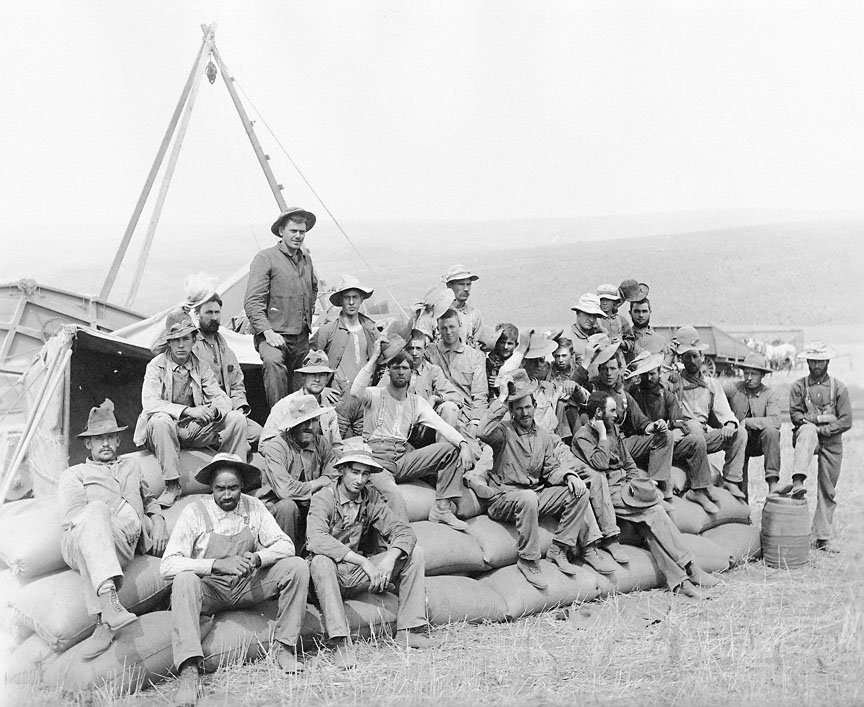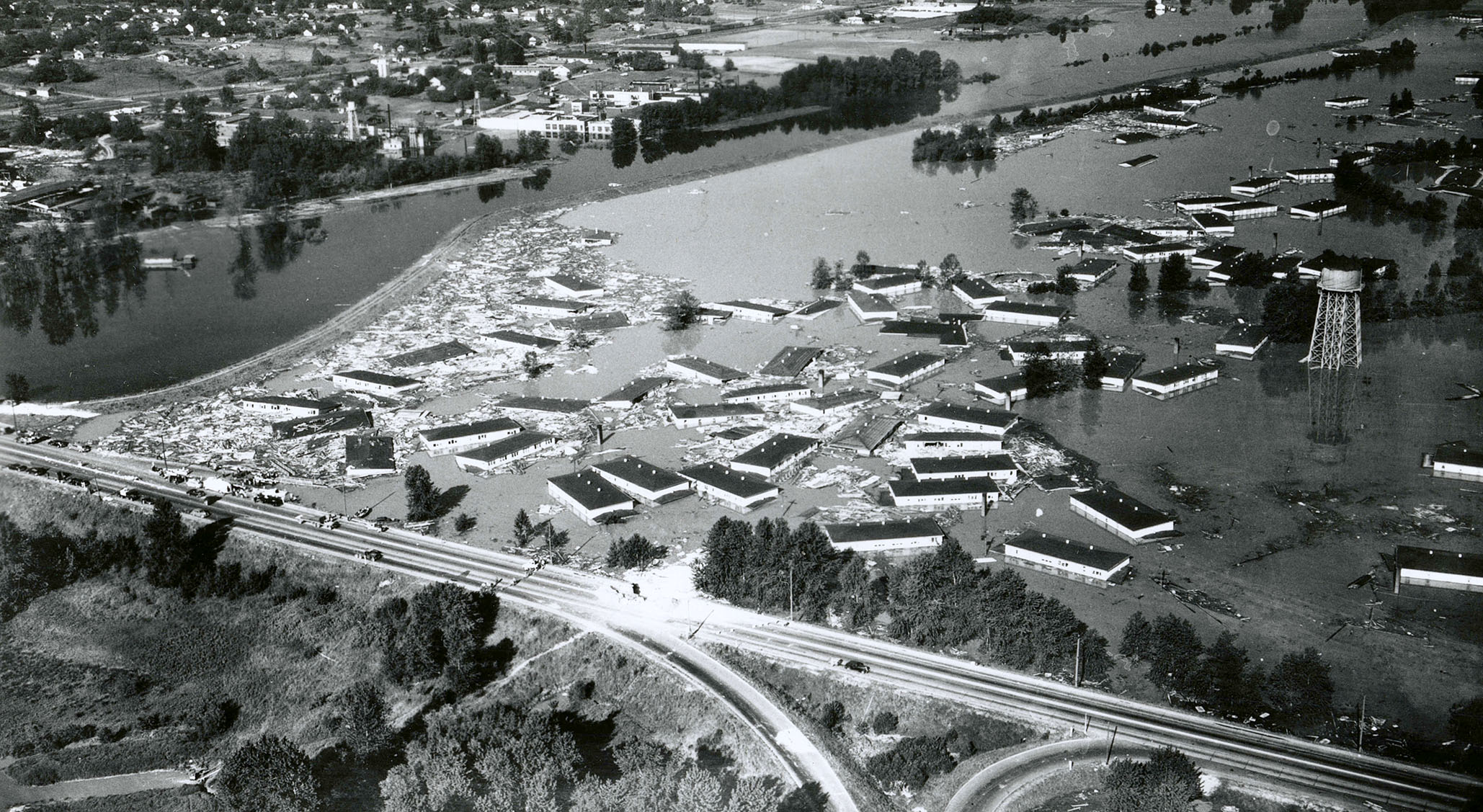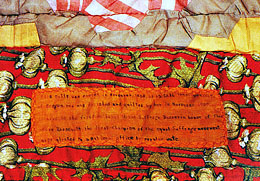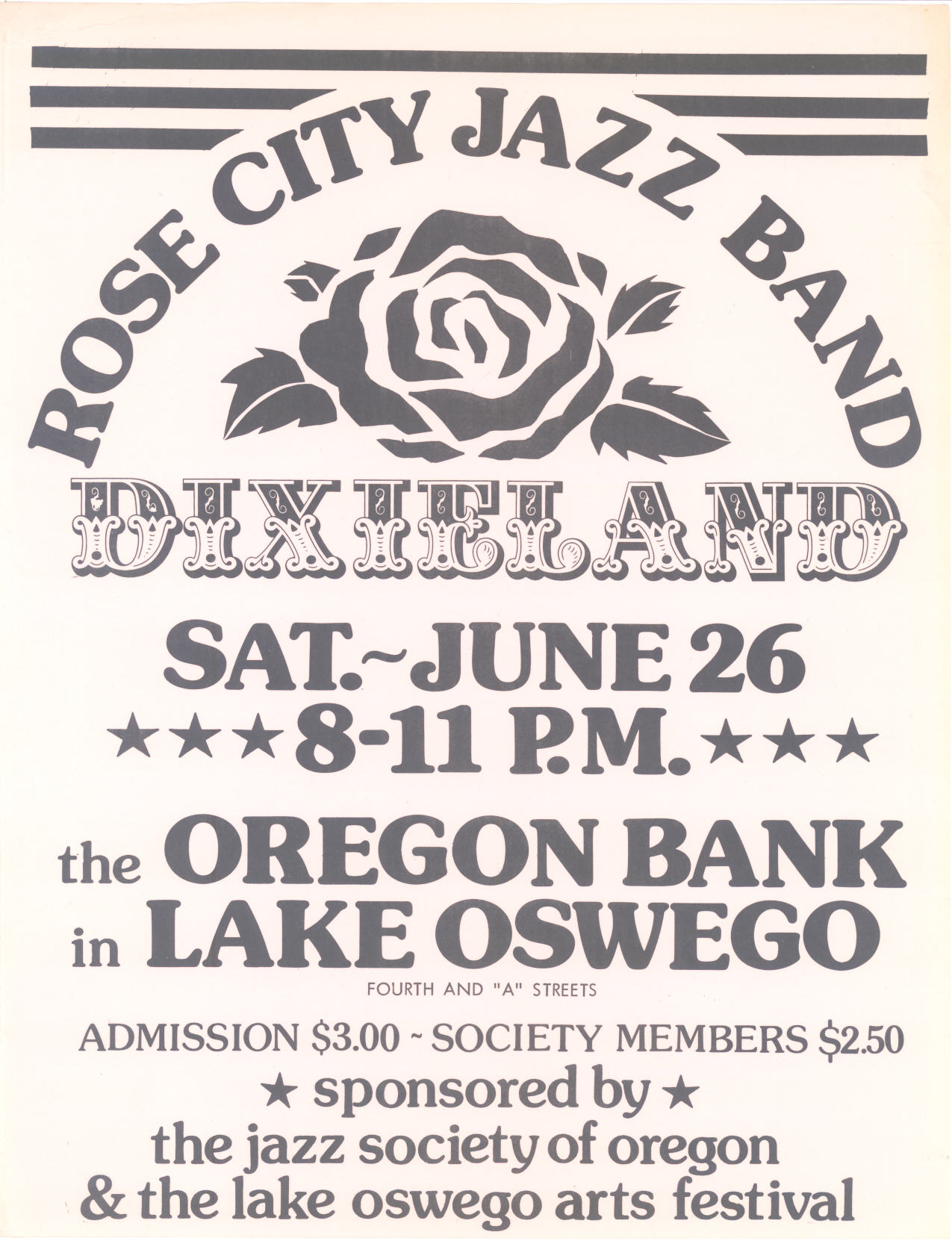42 results

Logged-off Land near Neahkahnie Mountain, 1968
Al Monner took this 1968 photograph of clear-cut logging near Neahkahnie Mountain, located in northwest Tillamook County. Monner, who died in 1998, was a photographer …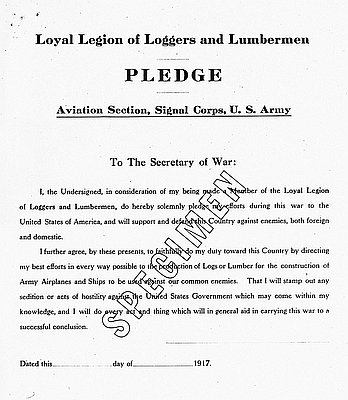
Loyal Legion of Loggers & Lumbermen Pledge
This “specimen” of the “Four-L Pledge” was originally devised under the leadership of the U.S. War Department’s Col. Brice P. Disque as part of a …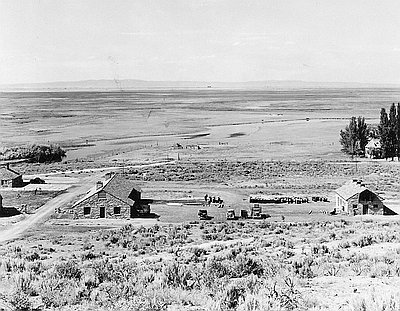
Malheur Migratory Bird Refuge, 1937
This photograph was taken in August 1937 by Ralph Gifford, a photographer for the Oregon State Highway Department. It shows the Malheur Migratory Bird Refuge, …
News Article, Passage of the Chinese Bill
The Willamette Farmer, a newspaper that was published weekly between 1869 and 1887, promoted Willamette Valley agriculture. This article reflects the sentiments of many …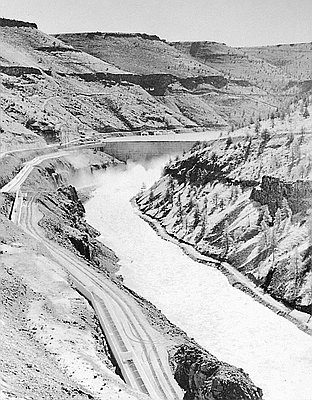
Pelton Dam Fish Ladder
This Oregon Journal photograph shows the three-mile-long fish ladder that parallels the east bank of the Deschutes River. The ladder was designed to facilitate anadromous …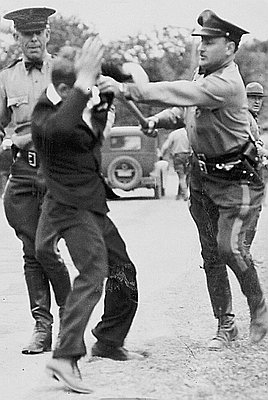
Police and Pickets Clash, Stimson Mill, 1935
This photograph—published in the Oregon Journal on June 14, 1935—shows a state policeman clubbing a picketer several miles south of Forest Grove. The unidentified picketer …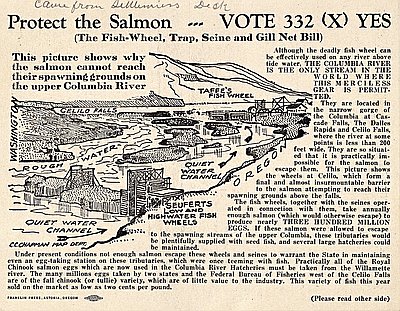
Protect the Salmon - Vote 332 (X) Yes
This card was distributed by the Fish Conservation Committee, a political group organized to promote a 1908 initiative that sought to ban fishwheels and other …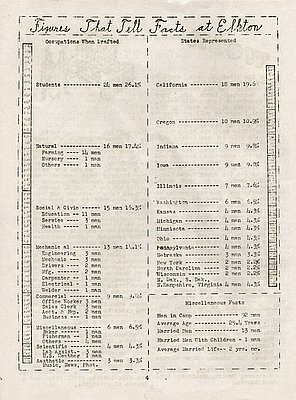
Tap Root, Figures that Tell Facts at Elkton
After Japan attacked Pearl Harbor on December 7, 1942, most Oregonians approved of the United States' entry into the Second World War, but support was …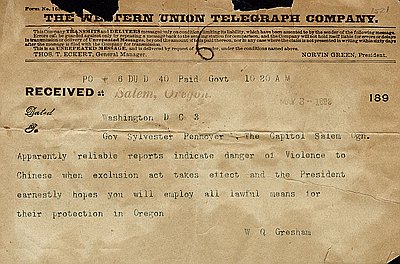
Telegram to Governor Pennoyer
This telegram to Oregon Governor Sylvester Pennoyer from Judge Walter Gresham warns that extending the Chinese Exclusion Act might incite violence and asks that Pennoyer …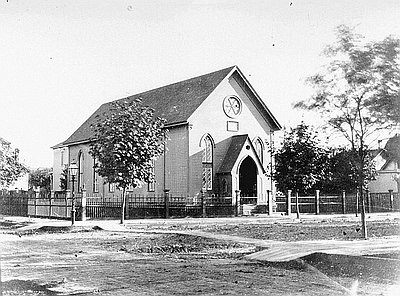
Temple Beth Israel
Beth Israel, organized in 1858, is Portland’s oldest Jewish congregation. The members worshipped above commercial space on Front Street before moving to this synagogue on …Interpretive Essays
Interpretive essays use primary documents from the Oregon Historical Society archives to help readers imagine the events, people, and issues that shaped Oregon history.
